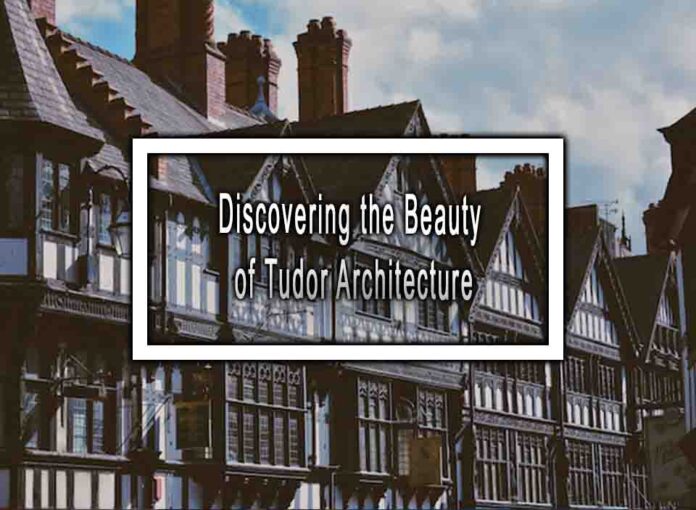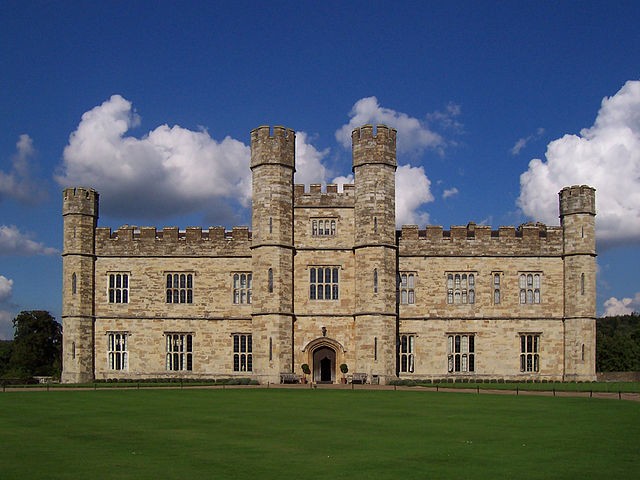Tudor architecture is a distinctive and charming architectural style that originated in England during the Tudor period, which spanned from the late 15th century to the early 17th century. This architectural style is known for its unique combination of medieval and Renaissance design elements. Here’s a closer look at the beauty of Tudor architecture:
1. Half-Timbered Construction:
- One of the most recognizable features of Tudor architecture is the use of half-timbered construction. Exposed timber framing is filled with wattle and daub or brickwork. The combination of dark timber against a lighter infill creates a striking visual contrast.

2. Steeply Pitched Roofs:
- Tudor houses typically have steeply pitched roofs with multiple gables and cross gables. These roofs are often adorned with decorative bargeboards and finials, adding to their picturesque appearance.
3. Tall, Narrow Windows:
- Windows in Tudor architecture are characterized by their tall, narrow design. Many Tudor homes feature casement windows with small diamond-shaped panes of glass. Leaded glass is a common feature.
4. Elaborate Chimneys:
- Tudor chimneys are often large and elaborate, with multiple decorative chimney stacks. These chimneys can be made of brick or stone and serve as prominent architectural features.
5. Ornate Entryways:
- Entryways in Tudor homes are typically adorned with decorative wooden doors and canopies. Arched doorways and intricate carvings are common design elements.
6. Exposed Timber Beams:
- Exposed timber beams are a hallmark of Tudor architecture. These beams are often visible on both the interior and exterior of the home, adding warmth and character.
7. Asymmetrical Designs:
- Tudor homes often have asymmetrical facades with irregularly placed windows and gables. This asymmetry contributes to their picturesque and storybook quality.
8. Interior Details:
- The interiors of Tudor homes may feature oak paneling, stone fireplaces, and decorative plasterwork. These details reflect the craftsmanship of the era.
9. Connection to English History:
- Tudor architecture is closely associated with English history, as it emerged during the reigns of the Tudor monarchs, including Henry VII, Henry VIII, and Elizabeth I. Many historic Tudor homes are tied to significant events and figures from this period.
Tudor architecture’s beauty is found in its unique blend of medieval and Renaissance elements, its picturesque appearance, and its connection to English history. Whether you’re exploring historic neighborhoods, visiting Tudor manor houses, or designing a new home, Tudor architecture continues to captivate and inspire with its timeless allure.











